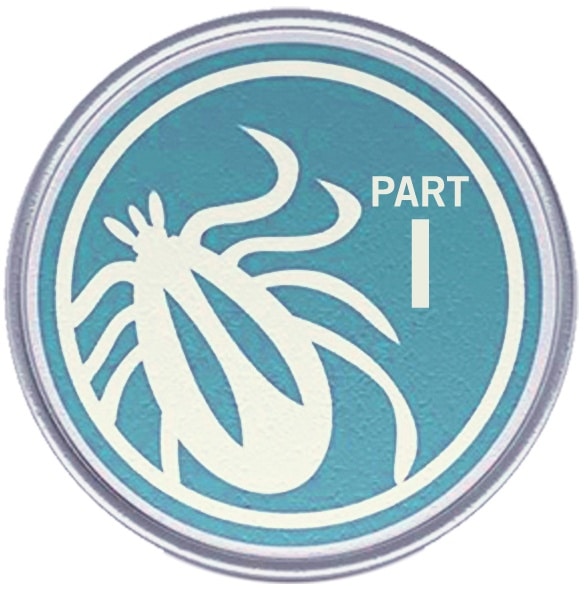National Lyme Disease Awareness Month — Part One: Prevention

The novel coronavirus (SARS-CoV-2) and COVID-19 (the disease it causes) have been dominating the headlines for months and will probably continue to do so through the month of May, but it’s important that we don’t let our guard down in relation to other serious illnesses that get less press.
In particular, let’s not forget that May is National Lyme Disease Awareness Month. Lyme borreliosis (aka Lyme disease) is a tick-borne illness characterized by rash, headache, fever, and chills and potentially later by chronic inflammatory disorders such as arthritis.
Many of us have already been wandering out in our gardens or slices of wilderness to alleviate our cabin fever while maintaining our physical distancing. As the weather begins to warm up, the populations of ticks carrying Lyme disease become much more active, and the risk of infection begins to soar. And for residents who arrived here in recent years from regions of the country where ticks are more prevalent than in Southern California, prior exposure remains a pestering concern. For reported cases of Lyme disease in California last year, 40 percent of patients had out-of-state exposure.
The Centers for Disease Control and Prevention (CDC) estimates that at least 300,000 people in the United States are infected with Lyme disease each year. Experts in the field believe the actual number is much higher. In fact, Lyme disease is the most reported vector-borne disease in the United States. (A vector-borne disease is an infection caused by a parasite, virus, or bacteria transmitted by an insect bite.)
Prevention is the best medicine. Early diagnosis and treatment are the second line of defense.
Lyme Disease Prevention
The best way to prevent Lyme disease is to avoid being bitten by a tick that carries the bacteria that causes the disease in the first place. Note that these ticks are most common in the Northeast (New England) and upper Midwest states and in Northern California, Oregon, and Washington. If you live in or visit these areas, we recommend taking the following precautions to avoid ticks and keep them a safe distance from you:
- Once you’re ready to head back outside to camp, hike, garden, or spend any time in close contact with nature, use a tick repellant made from safe, natural products such as oil of lemon eucalyptus or cedar oil.
- Avoid areas where ticks like to hang out — moist, humid environments, particularly in and near wooded or grassy areas. When hiking in the woods, stay on the trails and avoid coming into contact with any vegetation.
- Wear light-colored clothing, so you can more readily see if a tick is on you.
- Wear clothing that covers your arms and legs and tuck your pants into your socks or tape up any openings to remove spaces ticks may crawl through.
- When you come in from spending any time in nature, strip down and wash your clothes or put them in the dryer on high heat for at least 10 minutes (it’s the dry, not the heat that kills them).
- Perform a daily tick inspection. Fully inspect every inch of your body, especially the folds of the skin, for ticks — use a comb and mirror or enlist the help of a family member for a thorough inspection. Check especially the following areas:
- In and around all head and body hair
- In and around the ears
- Under the arms
- Inside the belly button
- Around the waist
- Between the legs
- Back of the knees
- Ticks are nature’s dirty needle. Remove any of them that you find crawling on you. Fine-tipped tweezers are best at removing ticks that have attached themselves to you. And while ticks attached to your skin for less than 24 hours aren’t likely to contract Lyme disease, other diseases they carry may be transmitted more quickly.
- Regardless of when you found a tick on your body, once you remove it, visit TickReport.com, where you’ll find instructions for mailing (yes, mailing) the tick to the University of Massachusetts’ Laboratory of Medical Zoology where it can be analyzed for pathogens common to your species of tick, including pathogens that cause Lyme disease. (Note: There’s a $50 fee per tick, which is well worth the cost.)
- Use tick prevention products on your pets, limit their access to any tick-infested areas outside, and don’t share your bed or chairs with them. Ticks often hitch a ride on pets to enter the home, fall off, and then climb on and attach themselves to human hosts.
- Create tick-free zones in your landscaping by removing leaves and any tall vegetation from play areas and other frequently traveled areas.
Check back next week for Part Two in our series about Lyme disease, which will touch on the importance of remaining vigilant for symptoms associated with the disease. Part Three, which will publish the week of May 18, will cover what to do if you’ve been bitten by a tick, while Part Four (scheduled to publish the week of May 25) will cover preventing acute Lyme disease from turning into chronic Lyme disease.
In the meantime, if you live in Southern California and you’re looking for a medical practice with significant experience in diagnosing and treating Lyme disease patients, please visit our website — www.RhealthC.com — where you can request our New Patient Packet.


